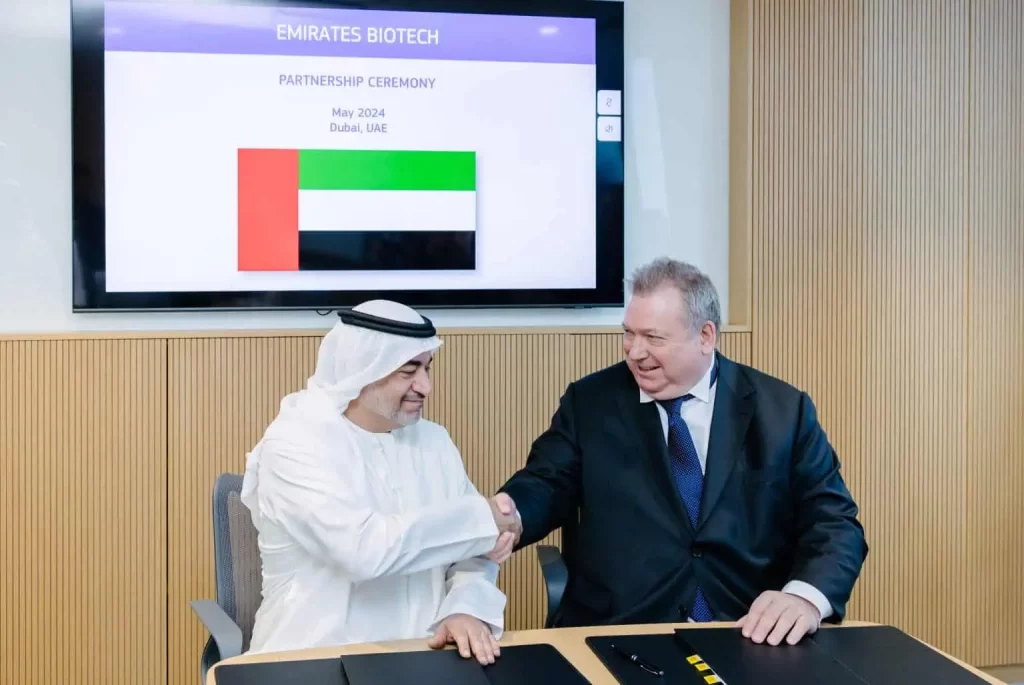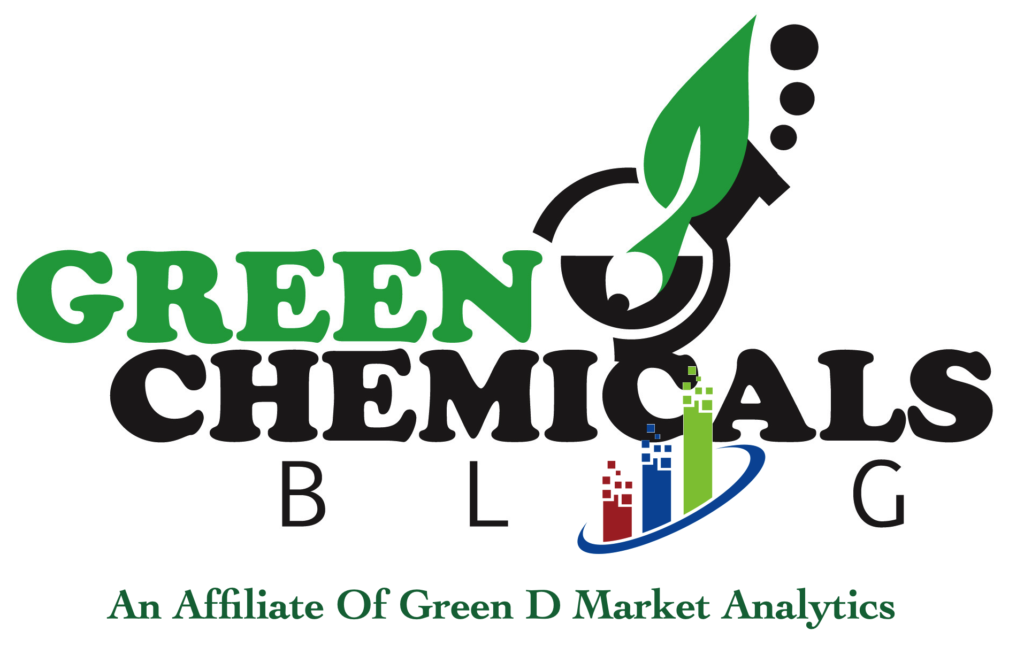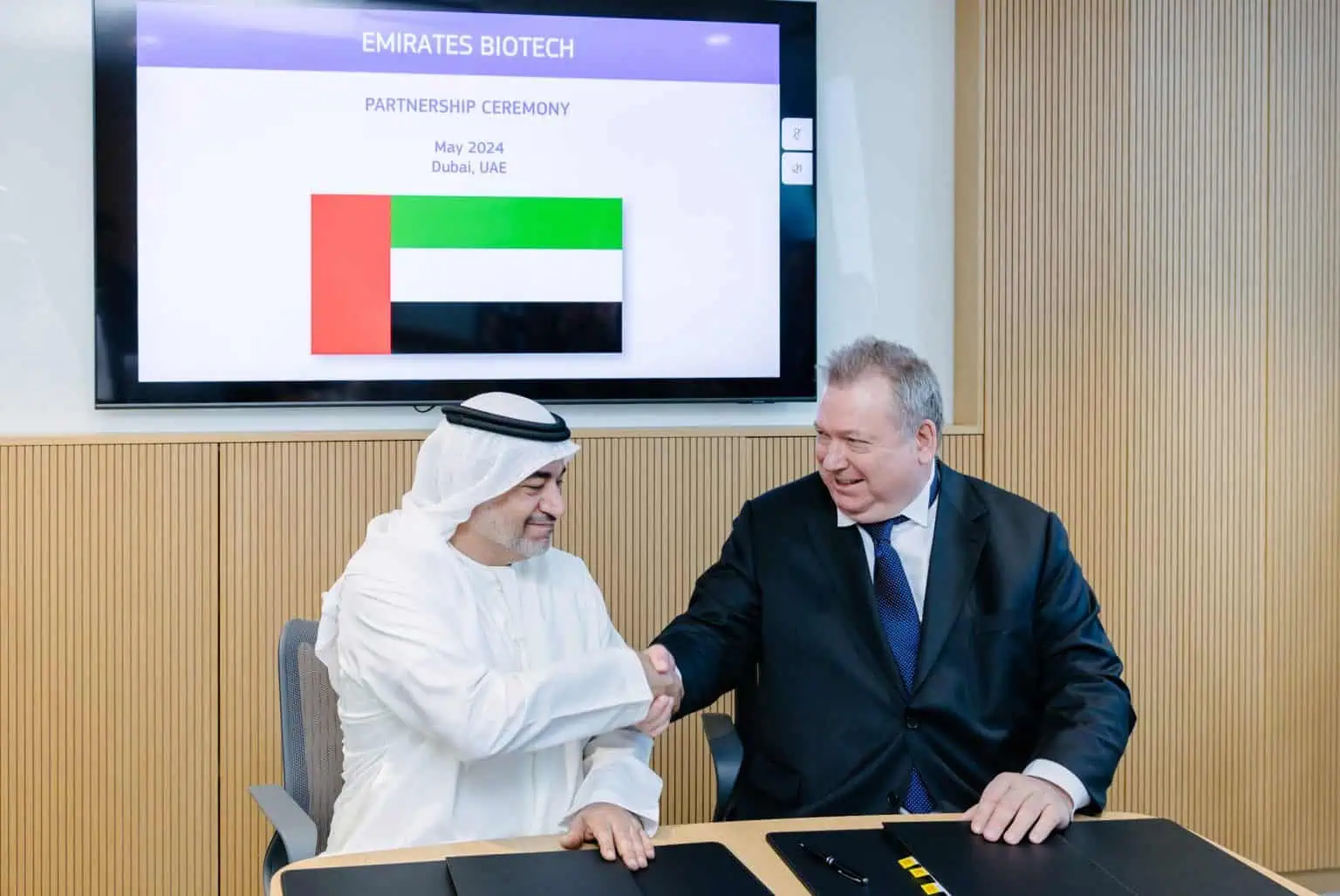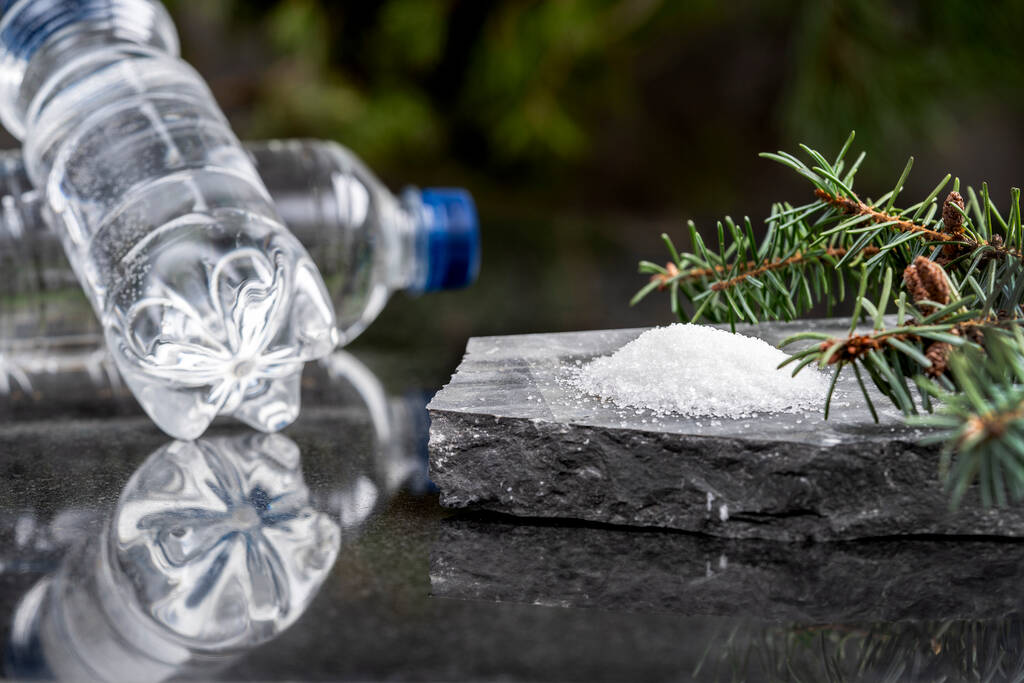Several polylactic acid (PLA) announcements occurred worldwide last month.
In Europe, a new meta-study report commissioned by Holland Bioplastics concluded that PLA does not produce persistent microplastics when it undergoes hydrolysis. Several short-term field experiments and laboratory tests over several months with PLA materials placed in soil, water, and sediment have been published in the past, concluding that PLA is not biodegradable in the open environment. However, methods for long-term degradation studies and direct analytical methods for field tests are reportedly missing. There is rightful concern over the impact of synthetic, persistent microplastics, with questions being asked about the implications of their chemistry, potential toxicity, and long-term fate in the environment.
The hydrolysis process is considered the dominant process for PLA degradation. As long as moisture or water is available, the molecular weight and size of PLA fragments will continually decrease, passing the micrometer and nanometer range, until the polymer chains are so short that the material becomes soluble in water and fragments are not particles anymore. Oligomers and lactic acid monomers are non-toxic and can be biodegraded by microorganisms into biomass, water, and CO2. In contrast, non-biodegradable, non-hydrolyzable carbon-carbon backbone polymers, such as polyolefins, form microplastics, and nanoplastics only under the influence of UV light, abrasion, and other mechanical action, which suddenly stop acting on the material when the particles are covered with dirt, overgrown by algae or trapped in soil or sediment. Micro- and nanoplastics from polyolefins and other conventional plastic polymers will likely persist and permanently accumulate in the environment.
In the USA, agribusiness company Archer Daniels Midland (ADM) and South Korea-based conglomerate LG Chem announced the cancellation of their previously announced joint ventures – GreenWise Lactic, of which ADM is a majority owner and LG Chem Illinois Biochem, which is majority-owned by LG Chem. GreenWise Lactic was planning to construct a 150 ktpa lactic acid facility in Decatur, Illinois, to supply a planned 75 ktpa PLA plant that will be operated by LG Chem Illinois Biochem. Production for both capacities was expected to start in late 2025 or early 2026. The companies reported that construction costs have skyrocketed since 2022, and the projects’ ROI was no longer attractive.
In the Middle East, a new joint venture called Emirates Biotech was formed by SS Royal Kit Emirates Investment and Global Biopolymers to spearhead the production and marketing of PLA-based polymers across the Middle East, Africa, and India. Emirates Biotech, formerly known as Gulf Biopolymers Industries, will have its headquarters in Dubai. Emirates Biotech will build a PLA production facility in the United Arab Emirates (UAE) with a yet-to-disclose capacity that will start commercial operations in early 2025. The company intends to start construction of its first PLA plant before 2026. Marc Verbruggen, formerly from NatureWorks, was appointed as the new CEO of Emirates Biotech.

Green D Market Analytics can provide a special report highlighting the market for polylactic acid (PLA) and other biodegradable/compostable polymers such as polyhydroxyalkanoate (PHA), polybutylene succinate (PBS) and polybutylene adipate terephthalate (PBAT). We provide our clients with confidential reports on the current renewable chemicals and biopolymers market landscape, including new and planned projects. Please contact us for more information about our customized client services, detailed market data, and special reports.




